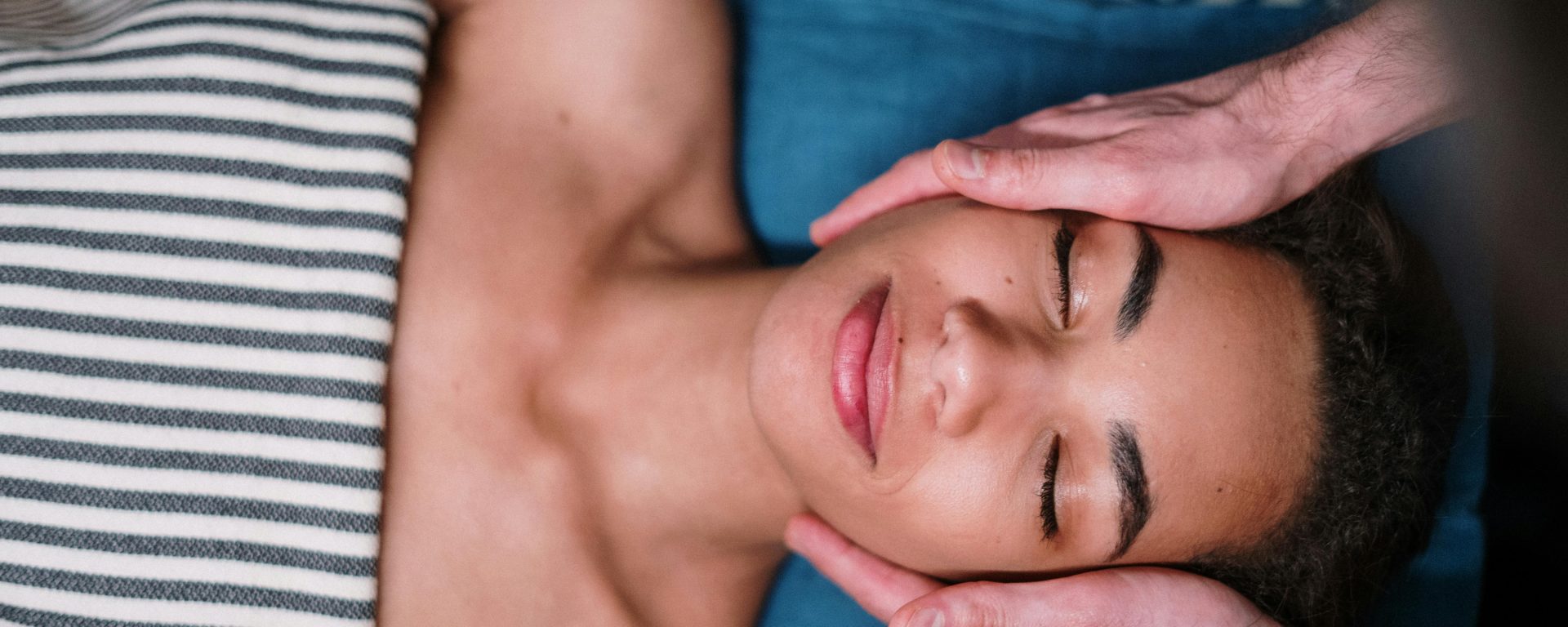Migraine is one of the most common types of headaches, often exacerbated by cervical myofascial and trigger point disorders. Positional Release Therapy (PRT) is an indirect technique designed to treat these trigger points. In 2015, Ghanbari, et. al., conducted the study aimed to evaluate the effectiveness of managing trigger points through PRT combined with routine medical therapy compared to routine medical therapy alone in treating migraine headaches.
The primary goal of this research was to determine whether combining PRT with standard medical therapy would provide greater relief from migraine headaches than medical therapy alone. The study focused on key migraine-related variables such as headache frequency, intensity, duration, and the number of tablets taken for relief.
The study involved 44 patients who had active trigger points in their cervical muscles. Participants were randomly assigned to one of two groups: one receiving both PRT and medical therapy, and the other receiving only medical therapy. The patients kept a daily headache diary to record headache frequency, intensity, duration, and the number of tablets taken. Trigger point sensitivity was measured using a digital force gauge, and cervical range of motion was assessed with a goniometer.
Both groups experienced significant reductions in headache intensity, frequency, duration, and the number of tablets taken after a four-month follow-up. However, in the PRT-medical therapy group, there was a significant increase in the sensitivity of trigger points and improvement in all cervical range of motions after the four-month period. In the medical therapy-only group, only cervical right lateral flexion, and right and left rotation showed improvement. When comparing the two groups, no significant differences were found in most headache-related variables, but the trends in other factors, except for headache intensity and tablet count, were significantly different between the groups (p < 0.05).
The findings suggest that the combination of PRT and routine medical therapy is more effective than medical therapy alone in treating migraine headaches. The study recommends the combined approach as a treatment option for patients suffering from migraines, particularly those with associated cervical trigger point issues.
Reference: Ghanbari, A., Askarzadeh, S., Petramfar, P., & Mohamadi, M. (2015). Migraine responds better to a combination of medical therapy and trigger point management than routine medical therapy alone. NeuroRehabilitation, 37(1), 157-163.
